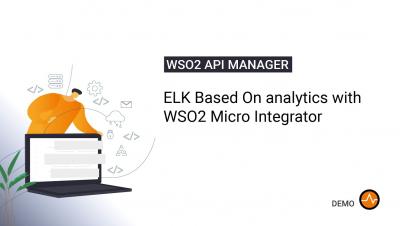API linting based on custom rules
At present, API definitions are validated against the default OpenAPI schema upon import and when being edited in the publisher portal. In certain scenarios, such as the validation of fields like email or name, a custom validation approach may be required. This implementation allows administrators to enforce custom rules for API validation, helping to standardize and keep API definitions clean by validating against a specified set of custom rules inside WSO2 API Manager.











